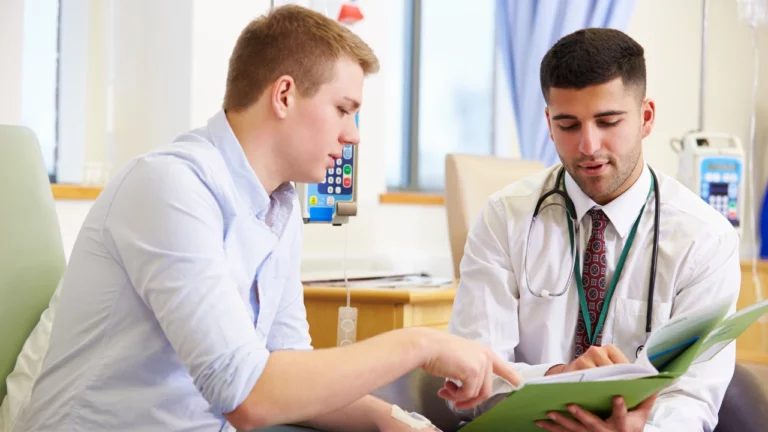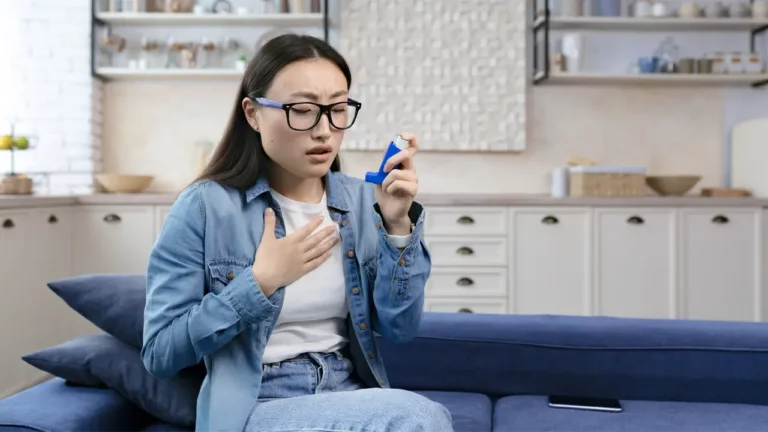A frequent disorder called fatty liver disease is brought on by an accumulation of too much fat in the liver. A tiny amount of fat is present in a healthy liver. When fat amounts to 5% to 10% of your liver’s weight, it becomes an issue.(1) In the United States and other Western nations, fatty liver disease is the most common cause of chronic liver disease, with a prevalence of up to 30% in the general population. (2)
What are the symptoms of fatty liver disease?
Until the condition advances to liver cirrhosis, people with fatty liver disease frequently don’t exhibit any symptoms. If you do experience symptoms, they might be:
- The upper right portion of the abdomen on the right side of the body feels full or painful (belly)
- Nausea, appetite loss, or weight loss
- Whites of the eyes and skin are yellow (jaundice)
- Swollen legs and abdomen (edema)
- Extreme exhaustion or bewilderment
- Weakness
Who are at risk for fatty liver disease?
- Prediabetes and type 2 diabetes
- Obese
- Age in the middle or older
- Have excessive blood fat levels, such as triglycerides and cholesterol
- Experiencing high blood pressure
- Take specific medications, including corticosteroids and some cancer medications
- Possess specific metabolic diseases, such as the metabolic syndrome
- Lose weight quickly
- Possess certain infections, like Hepatitis C
- Have encountered some toxins
How to prevent fatty liver disease?
- Limit salt and sugar intake while increasing your intake of fruits, vegetables, and whole grains.
- Obtain immunizations against pneumococcal illness, the flu, and hepatitis A and B. Liver failure is more likely to occur if fatty liver and hepatitis A or B coexist. The other two immunizations are also crucial because people with the chronic liver illness are more susceptible to contracting infections.
- Regular exercise can aid in weight loss and the reduction of liver fat.
- Before utilizing dietary supplements, such as vitamins, or any additional or alternative medications or medical procedures, see your doctor. Some herbal medicines may harm your liver.
What is the role of remote patient monitoring in fatty liver disease?
Remote patient monitoring helps patients with fatty liver stay in touch with healthcare providers and effectively helps manage patients who cannot come to the hospital for planned appointments owing to work commitments or disabling diseases. The use of remote patient monitoring enables providers to arrange visits for each patient by their unique circumstances depending on their monitoring, eliminating any unintended loss to follow-up.
Doctors help patients focus on controlling factors that contribute to the condition. Lifestyle changes are recommended to improve patient health outcomes. In an RPM program, home medical devices are used to measure vital signs and track the health activities of a patient. Digital weight scales, glucometers and health wearable devices are helpful to manage fatty liver disease remotely.
- Digital weight scale – helps doctors see the improvement or changes in patient’s weight and other body parameters.
- Glucometer – this helps in taking medication to control diabetes, cholesterol and triglycerides (fat in the blood).
- Health wearable devices – a smartwatch, for example, helps track the physical activities of a patient; some advanced smartwatches have a sleep analysis feature.
Other medical devices include blood pressure monitor, pulse oximeter, spirometer, pedometer, etc.
Takeaway
A frequent ailment known as fatty liver disease is brought on by the liver’s accumulation of excess fat. Most people don’t experience any symptoms, and they don’t experience any significant issues. However, in some circumstances, it can result in liver damage. The good news is you can frequently prevent or even reverse fatty liver disease by altering your lifestyle. Remote Patient Monitoring can help you track your vital signs, body parameters and fitness activities.
References
- @ClevelandClinic. (n.d.). Fatty Liver Disease: Risk Factors, Symptoms, Types & Prevention. Cleveland Clinic; my.clevelandclinic.org. Retrieved July 9, 2022, from https://my.clevelandclinic.org/health/diseases/15831-fatty-liver-disease
- Lazo M, Clark JM. The epidemiology of nonalcoholic fatty liver disease: a global perspective. Semin Liver Dis2008;28:339-50.








